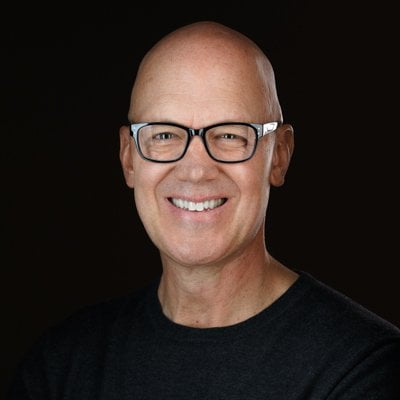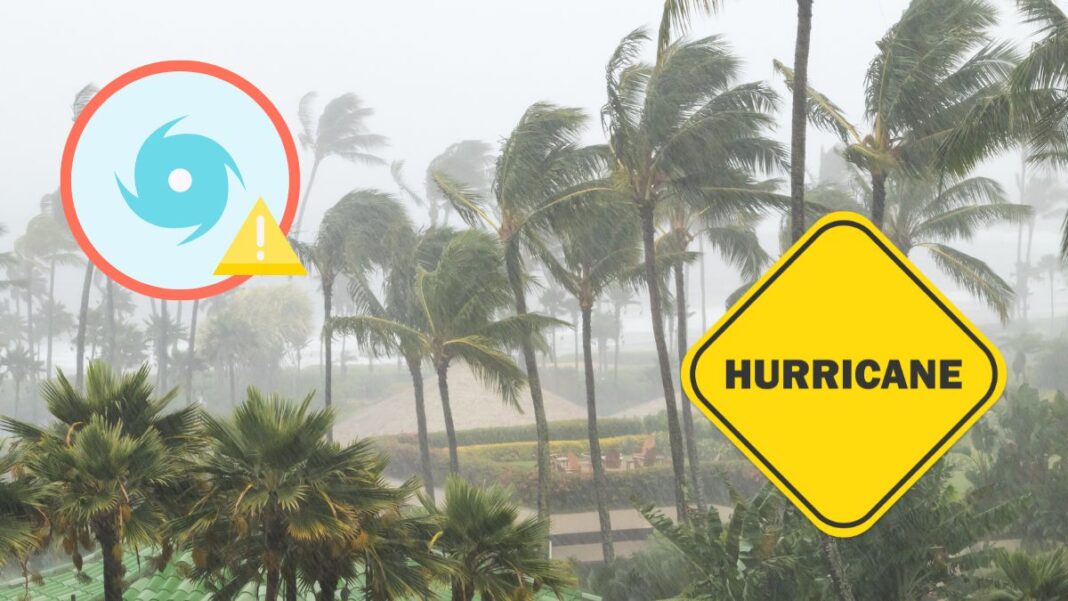Barrett Media produces over 20 stories per day on the music, news, and sports media industries. Stay updated on the latest happenings by signing up to receive our newsletters straight to your inbox.
We’ve heard inspiring stories from Florida and North Carolina broadcasters after Hurricanes Helene and Milton. If you’ve been responsible for protecting a station license, then you’re familiar with the line in the FCC regulations about public interest, convenience, and necessity. That one will keep you up at night.
I recorded Tampa area radio stations for one hour during afternoon drive last Wednesday. My goal was to learn new tactics to share. How can the preparation for a hurricane be used for other natural disasters?
Hit The Record Button!
Six FM music radio stations were recorded in the same hour. As I listened to the recordings the following day, I noticed a shared strategy among five of the six stations during the hour I recorded.
- WFLZ, 93.3 FLZ, aired a local TV simulcast
- WRBQ, Q105, aired a local TV simulcast
- WWRM, Magic 94.9, aired a local TV simulcast
- WDUV, 105.5, aired a local TV simulcast
- WLLD, Wild 94.1, aired a local TV simulcast
When I got to the final station of my recorded selections, my ears did a double-take because there was music playing on Wednesday afternoon. WJIS-FM, Joy-FM, is a Contemporary Christian Music format with network stations across Florida. Hurricane Milton was going to affect nearly all the stations in Florida.
However, Joy-FM operates a network of stations simulcasting the same content. I assumed they were taking a reduced approach to the hurricane due to the listeners in Georgia, Alabama, and Tennessee, who had blue skies and calm breezes as Milton approached Southwest Florida.
The host, Jayar, stumbled out of the song and said, “Alright. We good? We’re good. Sorry. We’re going to have moments of…not dead air…but moments of awkwardness this afternoon.” He had my attention.
Broadcasting From Carmen’s Den
They were broadcasting from “Carmen’s den.” I assumed Carmen was a team member. Jayar mentioned the rooms in the house, the pool outside, the washer and dryer, and what would happen if they lost power. He recognized the engineers who made the broadcast possible and named team members responsible for answering phones and responding to social media. He referenced his iced coffee and said someone put it in a sippy cup so he wouldn’t spill it on Carmen’s carpet. I’ve never listened to Jayar’s show. I assume he drinks iced coffee every afternoon.
We know our commitment is to the public during local stress or disasters. Turning it over to a local TV station with a team of professionals who monitor and report the details of the disaster may be better than a local DJ whose specialty is talking about Lady Gaga or Blake Shelton songs.
The circumstances are different in times of weather disasters. The parent company may have a safety policy to avoid liability, so no human is allowed in the building. Understood. What did COVID-19 teach us as an industry? We could broadcast from anywhere with Wi-Fi. Think about how many shows were done from a closet space in 2020 and 2021.
What If We’re The Content?
How do we react and serve the public interest if we don’t have a local TV partner to simulcast?
- Use Your Humans
Social media has reimagined talent and changed the acceptance rules for content. Polished isn’t expected. Authentic is the difference.
- Jayar let us know the afternoon wasn’t going to be studio quality. I don’t know how many people he has on his afternoon show, but the set-up made it sound like several people were making this unique broadcast happen. I did some research and discovered Carmen is part of the morning show. Maybe her house was broadcast-central for all shows during the storm.
- We have resources in the hallways of our stations. Let your people solve the problems and create a unique moment for the audience.
- 2. Use Your Instincts
Jayar continued in format and played music. Some critics would disagree with playing any music as a hurricane approached. However, the comments and features were mainly hurricane-related.
- A station like Joy-FM features prayer and scripture as programming elements. The host used the theme of building a house on a solid foundation to weather the storms for his scripture of the day. Then came this line: “I haven’t hid the fact that I’ve had a Category 5 storm in my personal life this last year.” Someone was paying attention to the moment and bonding with a listener.
- You may have to follow the format and continue programming elements, but you can connect and be in the moment if you listen to the noise around you and adapt.
- 3. Use Your Community
Radio promotes its local differences. Are we looking for those differences to help us shine during disasters and times of public need?
- Do we have a style book of local people to enhance our broadcast? Public officials? Sure. But what about convenience store clerks, hotel front desks, taxi cabs, and rideshare drivers who would be members of our reporting team? Broadcast from a high school gymnasium and find your brand promoted in the local school news.
- If local is our difference, then we have to work to make those connections and go to our communities in times of disaster potential.
Yes, I used potential because we can enhance our brand’s community connection by using creative solutions to plan for these moments. The payoff isn’t only for times of natural disasters. The benefit is being prepared to react to unexpected community pain and celebration with a unique broadcast.

Ron Harrell is a columnist for Barrett Media. He founded Harrell Media Group, specializing in radio and audio brand consultation, fractional management, and talent coaching. He has worked in every role on the Programming and Branding side during his career, becoming management and executive-focused in the post-Telecom Act era. Ron has held leadership roles for media groups such as ABC/Citadel, CBS Radio, Chancellor Media, Cumulus Media, Hope Media Group, Hubbard Broadcasting, and WAY Media.
Interested parties are invited to learn more about his company Harrell Media Group and reach out by email at Ron@HarrellMediaGroup.com.









